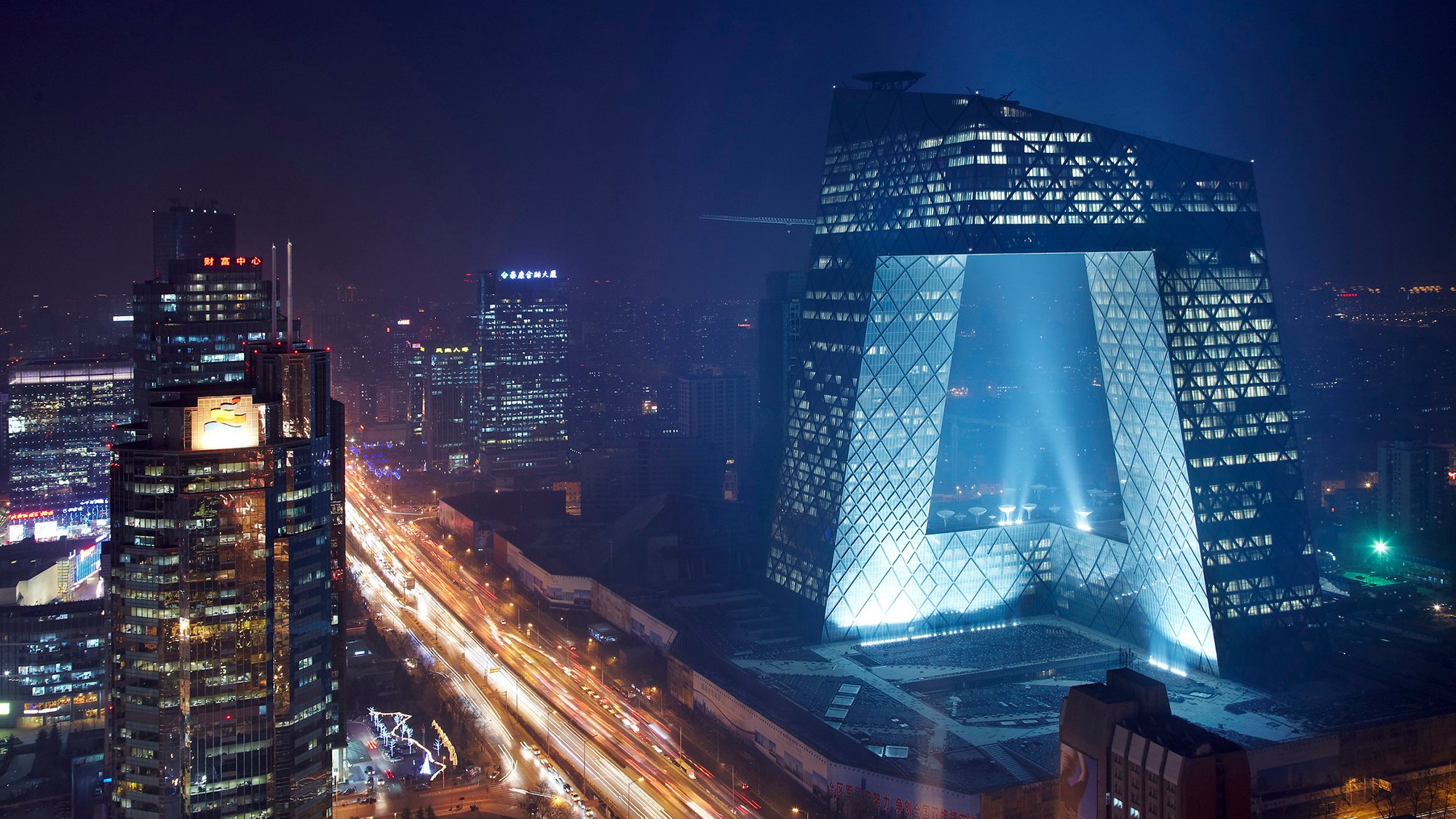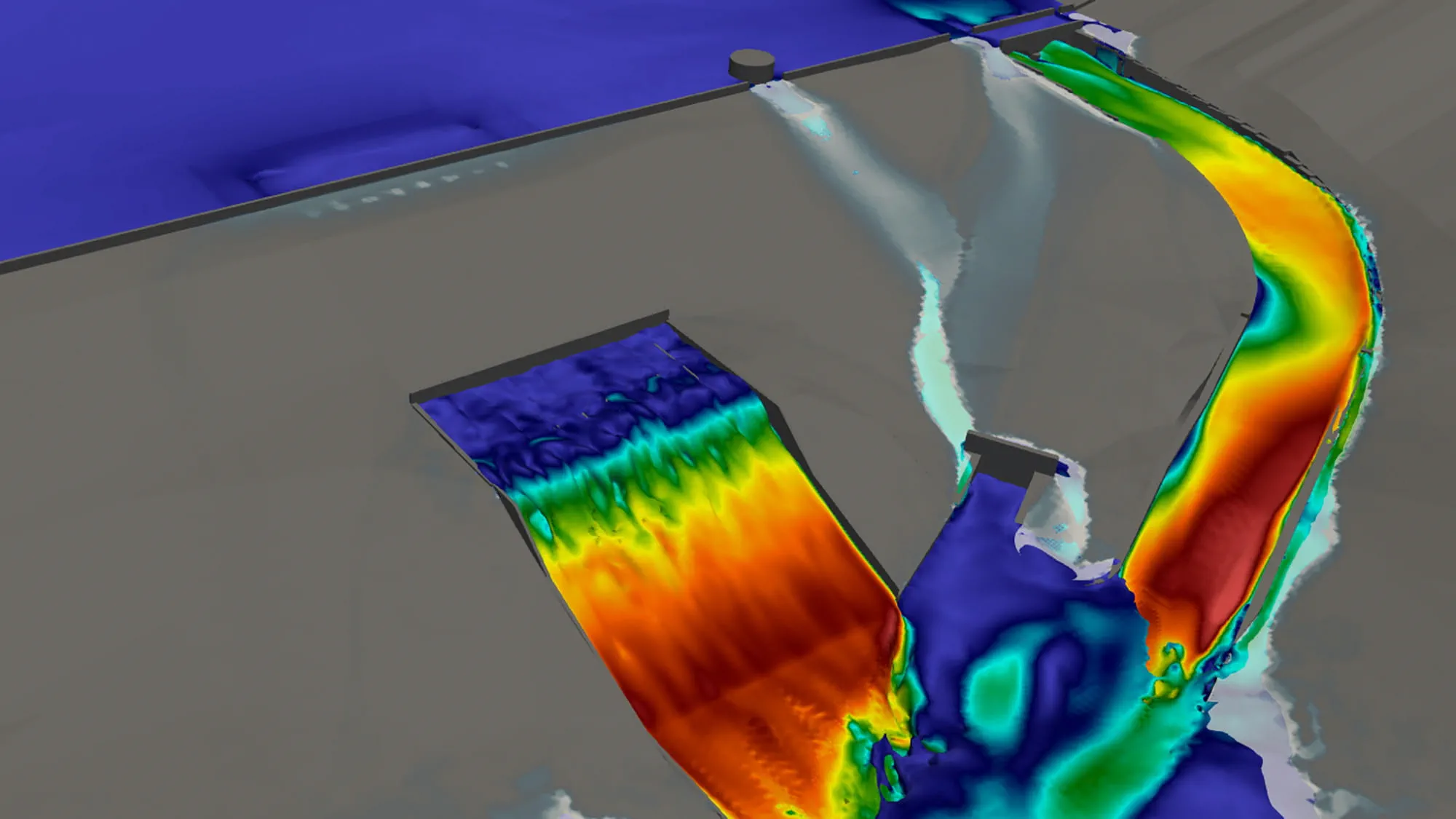From dams to data centres, tall buildings, stadia and offshore structures to entire masterplans, we are using CFD to inform design that is sustainable and resilient in our warming world.
Climate change has created new imperatives for designers. The structures they create need to play their part in building a net zero future but must also be resilient to increasingly extreme conditions. We model that interplay between design and the environment to improve thermal comfort, air quality and the energy-efficiency of building systems, as well as reducing the effects of humidity, solar radiation and wind.
Valuable insights
Powerful and highly-accurate as the CFD tools we work with are, they remain just tools. Our fluid dynamists are all trained engineers and bring that engineering insight and experience to our modelling. We share a common language with the architects, hydraulics experts and façade designers we work alongside. Our understanding of complex built environments is matched by our ability to mine, analyse and predict climate data. It is that combination that allows us to identify and model the many variables that govern the performance and experience of new structures.
How we heat, cool and ventilate our spaces, places and structures has a huge impact on the environment. Air conditioning alone is predicted to account for 2bn tonnes of CO2 by 2050*. Our fluid dynamists are helping shape cool, liveable spaces that rely instead on passive ventilation. Accurately modelling and harnessing wind flows not only helps eliminate carbon-costly air conditioning. It also creates a healthier environment.
The longer dry seasons, warmer temperatures, rising sea levels and more frequent extreme rainfall events driven by climatic change are creating stresses for our hydraulic infrastructure too. Flood storage and water supply reservoirs, coastal defence structures, river pumping stations and sewer tunnels are all subject to their impact. We are using CFD modelling to evaluate the safety and resilience of existing water and wastewater infrastructure and to inform the design of new infrastructure capable of withstanding these new threats.
*International Energy Agency: air conditioning set to account for 13% of global electricity use and generate 2bn tonnes of CO2 by 2050.
Designing resilience into data centres
Supercomputing is transforming the scale, speed and accuracy of our simulations. By using cloud computing and automation we can model hundreds of scenarios, capturing different climate conditions and design options to build up a statistical profile of risk. Modelling multiple scenarios at speed not only maintains the momentum of the design process. It is making us an integral part of it. We give ‘live’ feedback to architects and designers as we explore and assess options. All in a level of detail and realism unimaginable just a decade ago.
We are using that increased computing power to protect the very data centres that make cloud computing possible, making them more energy efficient and resilient. In diverse climates from Ireland to India, our modelling is shaping the geometry of data centres, harnessing natural air flows and suggesting better layouts to create less energy-intensive cooling systems.
Greater accuracy, validated
Through our own research and in partnership with academics, we are constantly evolving our capabilities and the modelling tools we use. To address new issues and applications. To give more granular insights into the ways air and water interact with the built environment. But even the most sophisticated modelling tools need validation. We benchmark our tools against physical measured data to validate their predictions and underwrite confidence in their results.
Masterplanning microclimates
Beyond individual buildings and structures, we interrogate and advise on the experience of entire cityscapes. In Oman, for example, we translated our understanding of climate and the built environment into an engineered microclimate for Madinat al Irfan, a new city district outside over-crowded Muscat.
Using CFD and agent-based modelling, we designed cooler, more comfortable journeys for residents as they travel to and around the new downtown area. Running multiphysics simulations to model wind and solar effects - long and shortwave radiation – we combined massing, street layout, trees and water features to create a liveable microclimate that buffers residents from a hot, windy local climate.
From masterplans to individual buildings and hydraulic infrastructure, we are helping shape environments that are comfortable, efficient and resilient to new climate stresses: structures that play their part in our shared journey to a net zero future.
Talk to our experts

 ;
;




